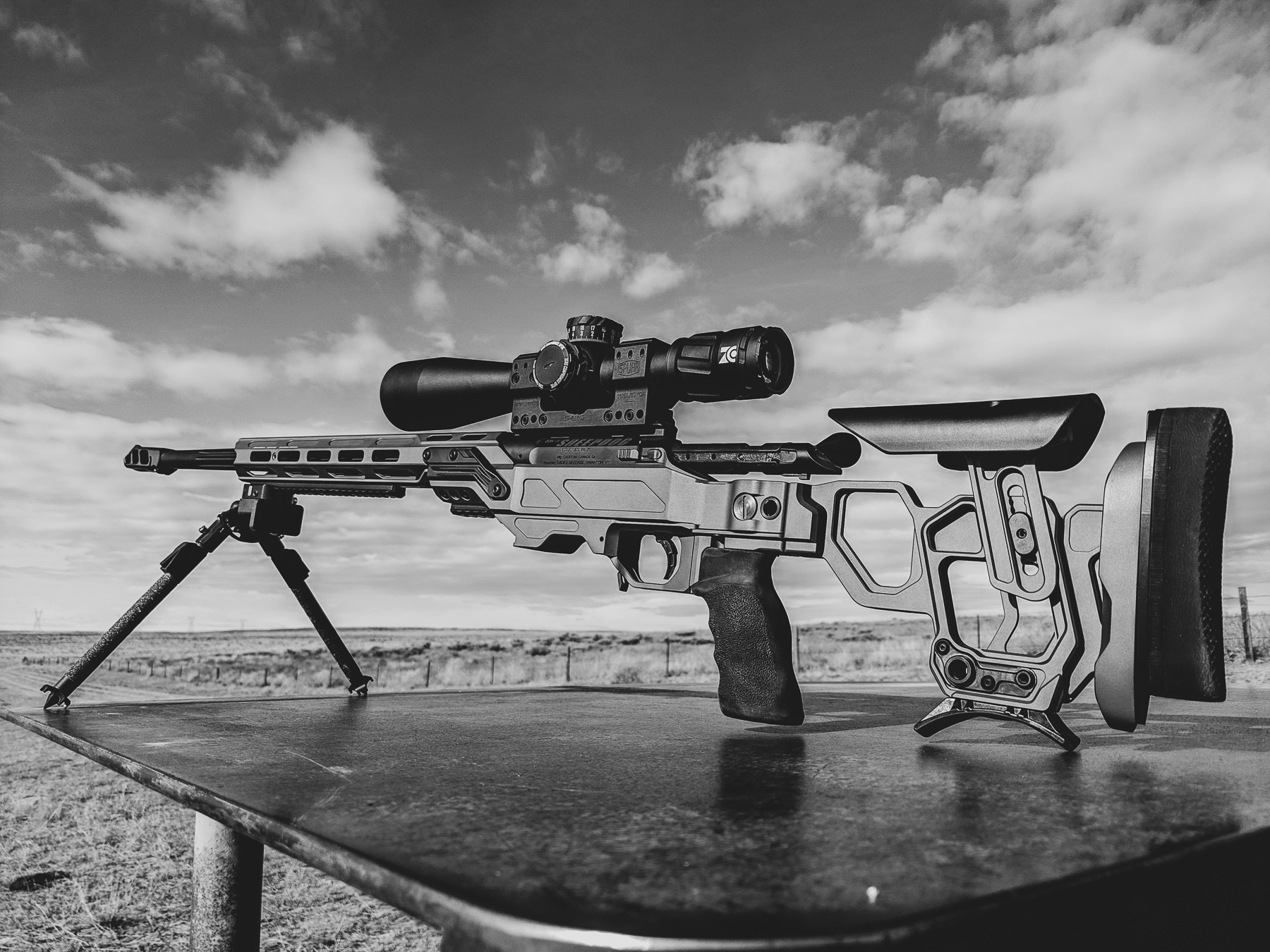Listen guys...
Mils and minutes are neither the metric system nor the standard system.
A radian is an arc of a circle where the length of the arc is the same length as the radius.
A circle has 6.2832 radians. Cut up the radian into 1,000 equal pieces, and you have a mil. A “milliradian”, or “mil”, is 1 thousandth (.001) of a radian.
You, the shooter, are at the center of the circle, and your target is at the edge of the circle. The radius of the circle is the distance between you and your target.
Let’s say your target is at 100 yards. That means the radius of your circle is 100 yards; that means the radian arc is also 100 yards. There are 36” in a yard. In 100 yards there are 3,600 inches. Your radius is 3,600", therefore your radian is 3,600”.
Cut up that radian of 3,600" into 1,000 equal parts and you end up 3.6” per mil at 100 yards.
Now…
A circle has 360 degrees. At 60 minutes per degree, there are 21,600 minutes in a circle.
A circle has 6,283.2 mils.
21,600 minutes / 6,283.2 mils = 3.4377 minutes per mil. That means there are 3.4377, or 3.43, or, 3.5 minutes from center to center of the dots in a MILDOT reticle.
3.6 inches per mil / 3.4377 minutes per mil = 1.047 inches per minute, at 100 yards.
Can you dig it???
You were doing so well.........until this.
There is only one, and only one, instance in which you need to know how to translate the linear difference between POA and POI to make a correction. That's when you have a scope without angular stadia lines on the reticle, like a duplex, fine cross hair, or 4A reticle AND you're shooting on a target that doesn't have a milliradian or MOA grid printed on it. Then you either guess and click, or go downrange, measure with a ruler, then do the quick conversion between inches and MOA or mils.
At any other time, you use the ruler 3" in front of your face. I see the impact, I place my reticle center on the impact spot, I read the stadia to see how many mils or minutes exist between the impact spot and the center of the target, I shift the reticle that amount in the opposite direction or I dial that amount using the windage and/or elevation turret. Not one single math operation needed.
What you're saying is the equivalent to needing to know that mph = kmh/1.6 to be able to drive a European car in Europe. No dummy, you match the speedometer needle with the numbers on the speed limit sign. Sign says 100, you don't let the car exceed 100 km/h as shown on the speedometer.
Why can't people grasp this simple shit is beyond me
No, that's NOT what I'm saying.
You don't need grids or go downrange with a ruler and bla bla bla. If you can guess how far off you missed by, you can dial in what's appropriate. If your at 400 yards and you miss by approximately 6", what's that, 1.5 minutes? Dial in 6 clicks on a 1/4-minute adjustment MOA scope. It's 6 divided by 4. What's the big deal??? Miss by 6" at 840 yards, that's 6/8.4. What's that, .7 minutes, about 3 clicks? Again, what's the big damned deal? It takes getting used to, but after a while it gets easier, and you start to remember all those values.
If the way you do your glorified Kentucky windage suits you, fine, do it your way, I could give a rat's ass. All I'm sayng is, being able to do the math is like having another tool in your box.




